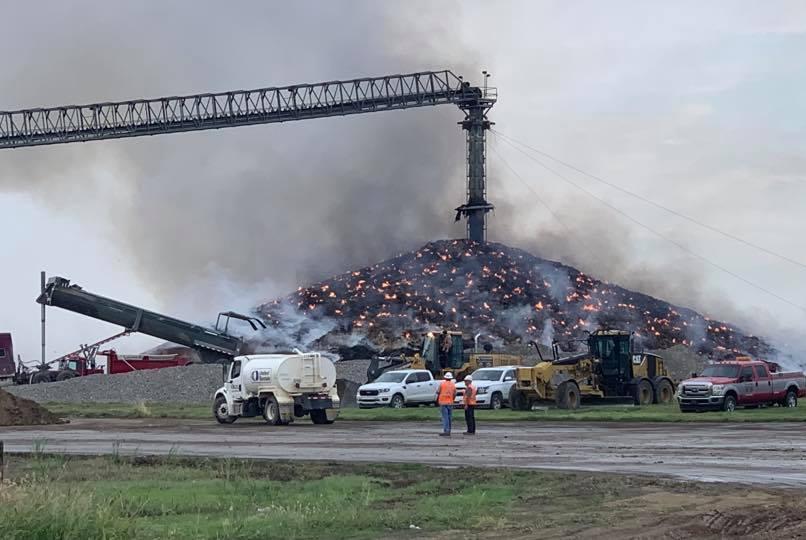Well, over the past year, employment growth has been pretty lackluster in the Midwestern states that Trump was going to revive in terms of manufacturing … and in terms of agriculture…
Midwest Manufacturing Malaise, Continued
Manufacturing employment in the three states that delivered the presidency to Trump is declining, continuing the trend from last month.
Is California in Recession? (Part XVIII)
June employment figures are out. Time to re-evaluate this assessment from over one and a half years ago in Political Calculations that California was in recession.
Going by these [household survey based labor market] measures, it would appear that recession has arrived in California, which is partially borne out by state level GDP data from the U.S. Bureau of Economic Analysis. [text as accessed on 12/27/2017]
Now That We Are Winning, Where Is CoRev?
From Reuters today, “Hopes for trade breakthrough fade as China cancels U.S. farm visits”:
A U.S.-China trade deal appeared elusive on Friday after Chinese officials unexpectedly canceled a visit to farms in Montana and Nebraska amid two days of ongoing talks in Washington.
As Long as Trump Tweets His Way Randomly through the Trade War, the Dollar Will Stay Strong
Modern asset-based models are based upon fundamentals such as money stocks, incomes, interest and inflation rates mattering. But the dollar — in which safe assets like Treasurys are denominated — is special in that risk also matters.
Ken Rogoff: “Is this the beginning of the end of central bank independence?”
Why you should attend this UW Economics JPGI talk by Kenneth Rogoff tomorrow (Wednesday) at 4:30 pm:
Guest Contribution: “Identifying the German business cycle”
Today, we are pleased to present a guest contribution written by Laurent Ferrara (Professor of International Economics, SKEMA Business School, Paris), and Director, International Institute of Forecasting.
Some Observations on Determining Business Cycle Chronologies
Two consecutive quarters of negative GDP growth is a commonplace rule of thumb for defining recessions, but the original conception of recessions is not captured by this simple definition. As some people have disagreed with my description (see [1]), it might be useful to review how recessions are defined in the US (with associated drawbacks), and in other economies.
“The Economic Effects of Trade Policy Uncertainty”
That’s the title of a new paper by Dario Caldara, Matteo Iacoviello, Patrick Molligo, Andrea Prestipino, and Andrea Raffo:
